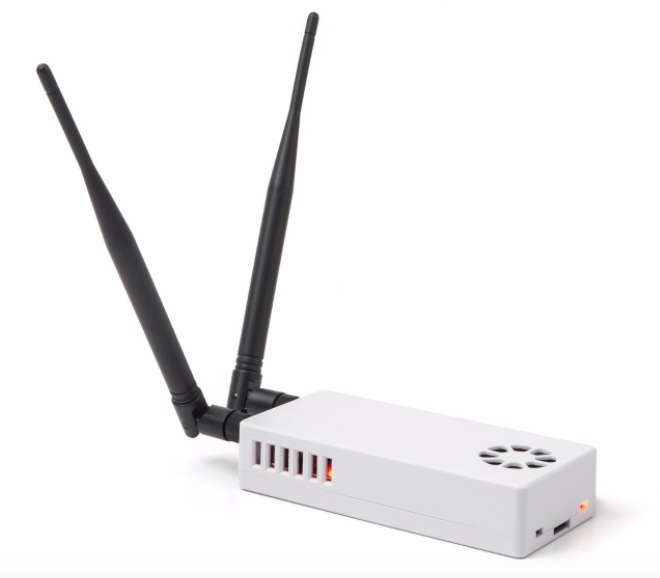ADS-B is an awesome technology that is rapidly gaining traction in the GA community in Europe. For those who haven’t heard of it before, it stands for “Automatic Dependent Surveillance-Broadcast” and is a universal standard to transmit and receive traffic and weather information.
Support
Most modern avionics support ADS-B off the shelf, in some countries having ADS-B out is already mandatory. Some mode s transponders, have the capability to transmit ADS-B data packets for example.

ADS-B out devices, especially devices certified for installation in a plane cockpit, are still pretty pricey. Thankfully though, ADS-B in devices are very simple and building a portable device that you can add to your flightbag can be built for less than 150 EUR.
For information on how you can build your own device, you can check out Stratux, an open source project, that is both functional and cheap!
How does this work with Wings?
As you know, when Wings is being used with a GPS equipped device, then some situational data is collected, and can be shown on a map once the lesson is completed. With this update, Wings now supports using GDL90 too. This is the protocol most commonly used to send situational data such as ADS-B for example. So if the device you are using with Wings is connected to a Stratux for instance, then it will automatically find the device and start capturing all of the situational data from that device instead of using the built-in GPS. This is a HUGE difference, as we can then collect data each second instead of at random intervals set by your device. But not only that, we have a lot more data such as AHRS, barometric altitude, more accurate directional and positional data (assuming the connected device has the necessary sensors).
Added benefits
Having such a device, and setting it up with your EFB is a good idea. It won’t only enhance your experience with Wings, but if you use an EFB such as Foreflight or Skydemon, then these software can also make good use of the GDL90 data coming from your connected device, and will overlay traffic and weather data right in the app.
Once you’ve set up your device, your phone should connect automatically. There is no need to do anything more, when your phone see’s the device it will connect, and start using the improved data source without you having to do anything. Just like your phone connects to your car’s bluetooth.
Give it a try
The feature is still relatively new, so we are very eager to get some customers using it and sharing their experiences with us. So give it a try today, and let us know what you think by sending a mail to hello@oscaryankee.com.

